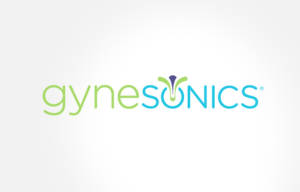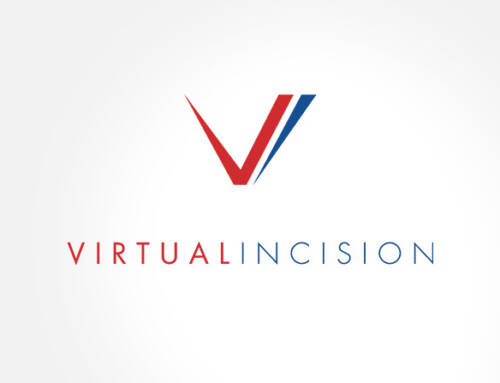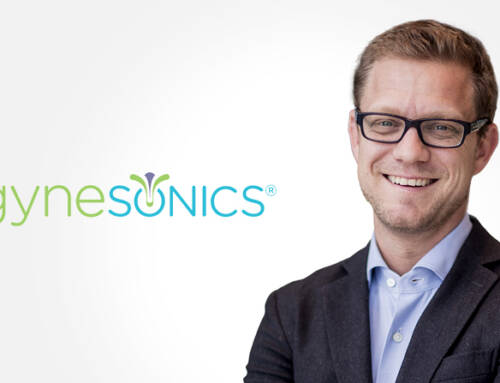New Guidance from the American College of Obstetricians and Gynecologists for Fibroid Management Supports Incisionless Transcervical Radiofrequency Ablation as a Uterus-Preserving Treatment Option

Additionally, an expert physician panel in Europe reached consensus and published a new recommended fibroid treatment algorithm with transcervical radiofrequency ablation (Sonata) at the forefront
Redwood City, CA, June 1, 2021 – Gynesonics®, a women’s healthcare company focused on the development of minimally invasive solutions for symptomatic uterine fibroids, announced the publication of guidelines by the American College of Obstetricians and Gynecologists (ACOG) that support the use of transcervical radiofrequency ablation as a minimally invasive, uterine preserving option for women suffering from symptomatic uterine fibroids.1 This is a significant achievement for Gynesonics’ Sonata® System, the only existing technology for transcervical radiofrequency ablation of fibroids.
“The updated guidelines represent ACOG’s commitment to educate and support therapies aligning treatments with the goals of patient care,” said David Toub, M.D., M.B.A., FACOG, Gynesonics’ Medical Director. “We are pleased that ACOG included transcervical radiofrequency ablation of fibroids in their Practice Bulletin. This is recognition of transcervical radiofrequency ablation’s effectiveness in improving the quality of life for women suffering from uterine fibroids, and in reducing uterine fibroid volume. This comes on the heels of the two-part expert consensus recommendation of a new fibroid treatment algorithm in Europe incorporating transcervical radiofrequency ablation. 2 The Sonata System’s transcervical approach, associated with safety, effectiveness and short recovery time, is rapidly gaining recognition and acceptance among global leaders in minimally invasive gynecologic surgery.”
In addition to the ACOG guidelines, a review of fibroid treatment options by a panel of German, Swiss and Austrian gynecological surgical experts was conducted, and consensus was reached recommending a new treatment algorithm where transcervical radiofrequency ablation was noted as the first line option to be offered in most fibroid types for women who wish to preserve their uterus.2 The panel of fibroid experts, whom together have experience with over 900 Sonata procedures in their facilities, includes Prof. Dr. med Thomas Römer, Evangelisches Klinikum Köln-Weyertal, in Cologne, Germany; Dr. med. Ladina Christoffel, Spital Oberengadin, Samedan, Switzerland; and Prof. Dr. med. Ricardo Felberbaum, Klinikverbund Kempten-Oberallgäu, Kempten, Germany.
“I’m particularly pleased to see ACOG recognize the efficacy of transcervical radiofrequency ablation of fibroids. I believe the ability of this incisionless, transcervical approach to treat larger and deeper fibroids that are highly associative to heavy menstrual bleeding is very important, and is a groundbreaking advancement for women’s healthcare,” said James Greenberg M.D., FACOG , Chief of Gynecology, Brigham and Women’s Faulkner Hospital and Associate Professor, Harvard Medical School in Boston. “Transcervical radiofrequency ablation of fibroids with the Sonata System is very approachable for gynecologic surgeons, which will make this option more accessible to physicians and thus offered to a greater number of women. Patients are asking for less invasive options and Sonata meets this need by providing an incisionless, quick recovery procedure that results in durable symptom relief. I anticipate commercial insurance payers accelerating their efforts to provide coverage for Sonata and thereby recognize, as ACOG has, the importance of this treatment option for women. I look forward to the possibility of additional involvement by ACOG in support of this procedure.”
For more information on the Sonata System, go to www.gynesonics.com.
References
Management of Symptomatic Uterine Leiomyomas: ACOG Practice Bulletin, Number 228. Obstet Gynecol. 2021;1131-1133. acog.org/clinical/clinical-guidance/practice-bulletin/articles/2021/06/management-of-symptomatic-uterine-leiomyomas.
Römer T, Bends R, Christoffel L et al. Behandlung von symptomatischen Myomen mit der transzervikalen ultraschallgesteuerten Radiofrequenzablation-Indikationen, Durchführung, Ergebnisse und Komplikationen-Expertenkonsensus 2020. Teil 2: Die transzervikale Radiofrequenzablation (TRFA) – Methode, Indikationen, Ergebnisse und Vergleich mit anderen Therapien. Frauenarzt 2021;62:162-168. (English translation at gynesonics.com)
About Sonata System
The Sonata System uses radiofrequency energy to ablate fibroids under real time sonography guidance from within the uterine cavity, utilizing the first and only intrauterine ultrasound transducer. The System includes a proprietary graphical user interface (SMART Guide), enabling the operator to target fibroids and optimize treatment. The Sonata system provides incision-free transcervical access for a uterus-preserving fibroid treatment. This intrauterine approach is designed to avoid the peritoneal cavity, and most side effects are typically minor and temporary. The Sonata System is CE marked and is approved for sale in the European Union, the United Kingdom and the United States.
About Gynesonics
Gynesonics is a women’s healthcare company focused on advancing women’s health, by developing minimally invasive, incision-free, uterus-preserving, transcervical technologies for diagnostic and therapeutic applications. Gynesonics has developed the Sonata System for diagnostic intrauterine imaging and transcervical treatment of symptomatic uterine fibroids. Gynesonics headquarters is in Redwood City, CA.
Company Contact:
Stan Van Gent, Senior Director, Global Marketing, Gynesonics
(661) 388-6380
Media Contact:
David Gutierrez, Dresner Corporate Services
(312) 780-7204





